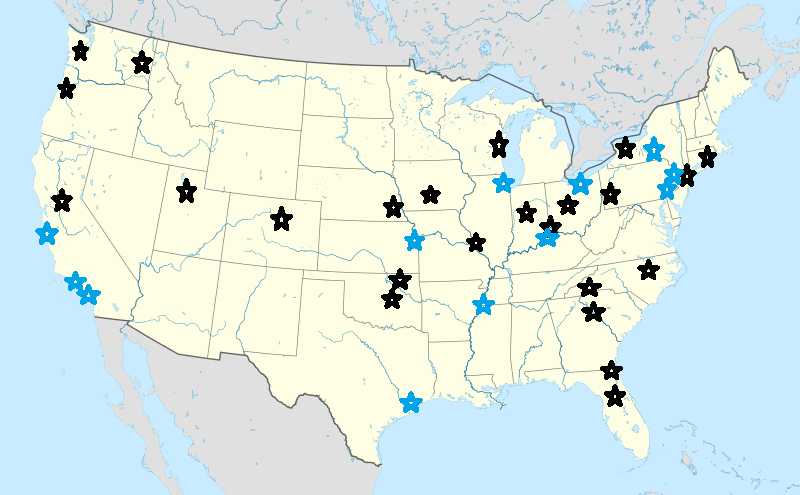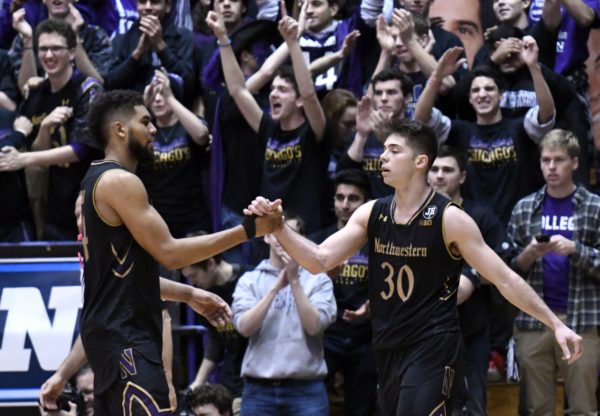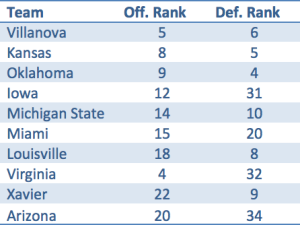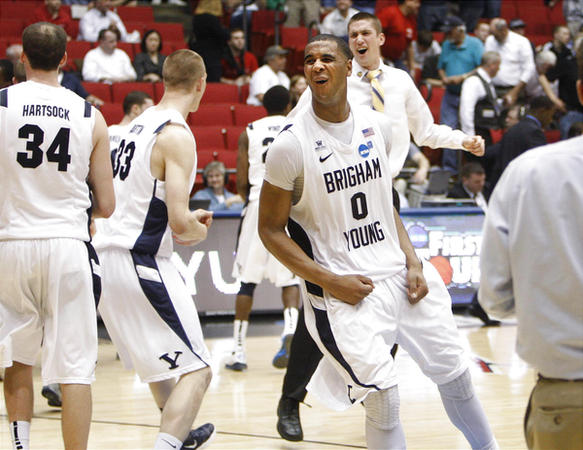On Improving the NCAA Tourney: Part II
Posted by Brad Jenkins (@bradjenk) on March 31st, 2017This is the second edition of our two-part look at ways to improve the overall structure of the NCAA Tournament. In our Part I piece published earlier this week, we made several recommendations concerning the selection and seeding of the 68 teams in the annual field. Today we will focus on improving the bracketing process. Over the years, the Selection Committee has endeavored to better balance the bracket while easing travel burdens on participating schools’ players and fans. Examples of these modifications include the current “pod” system for the first two rounds; ranking the four top overall seeds so that the top two teams are on opposite sides of the bracket; and, easing the restrictions on where schools from the same conference can be placed in the bracket. Since the last change was implemented, the committee claims that it has not needed to swap any teams off their true seed line. We think there is also an opportunity for further adjustments to that process, including one that is relatively simple and involves future tournament sites.

Black Stars – First/Second Round Sites (2015-17)
Blue Stars – Regional Sites (2015-17)
Go West Young Men — Just Not So Often
Our top suggestion deals with the issue of geographic balance. NCAA member schools’ presidents and chancellors have mandated that the Selection Committee consider traveling distance a priority when placing teams into each season’s bracket. But the committee is somewhat handicapped by the previously established locations that they have available for those placements. In the image above, we can see all of the regional sites for the last three NCAA Tournaments. In almost every year since the NCAA Tournament expanded to a full six-round event in 1985, the western region of the country has hosted two First/Second round sites plus a regional championship. To put it in mathematical terms, 25 percent of the NCAA Tournament prior to the Final Four is typically played in the Pacific and Mountain time zones. Yet, only 19 percent (six of 32) of the nation’s conferences are primarily located in those two zones — and that’s giving full western credit to the WAC even though three of its eight schools are actually in the Central time zone.
Similarly, only about 17 percent of all Division I schools reside in those two time zones. By moving one of those western sites to another part of the country each year, the NCAA Tournament would become much more representative of its membership in a geographic sense. The recommendation here is to only move one of the First/Second round locations out of the west — keeping the regional round located there for the sake of broader balance. As for where to relocate that site, the mid- to deep south needs more representation. Most of the major basketball conferences — the ACC, Big East, Big Ten and Big 12 — have plenty of viable nearby options in most years, but that’s not always the case for SEC schools. It’s not just about the big boys, though — there are a lot more mid-to-lower tier Division I schools that would have improved travel situations as well. There are plenty of options available in this region — cities with NBA arenas like New Orleans, Memphis, Atlanta, Nashville, Orlando and Miami.

















































